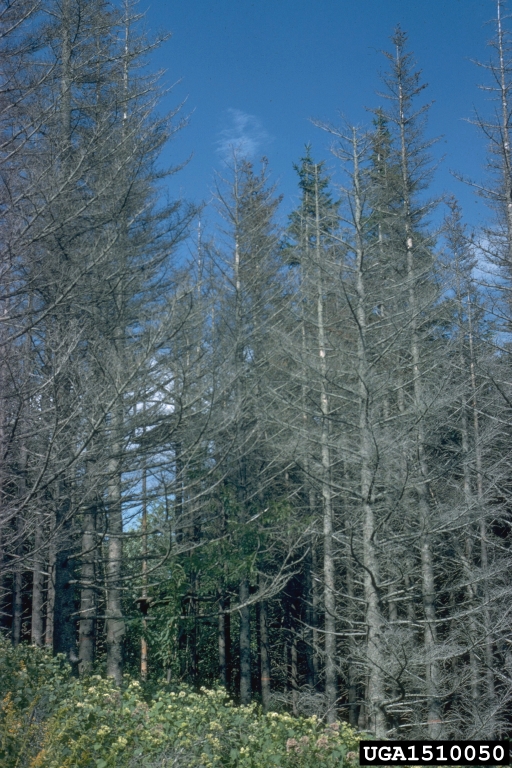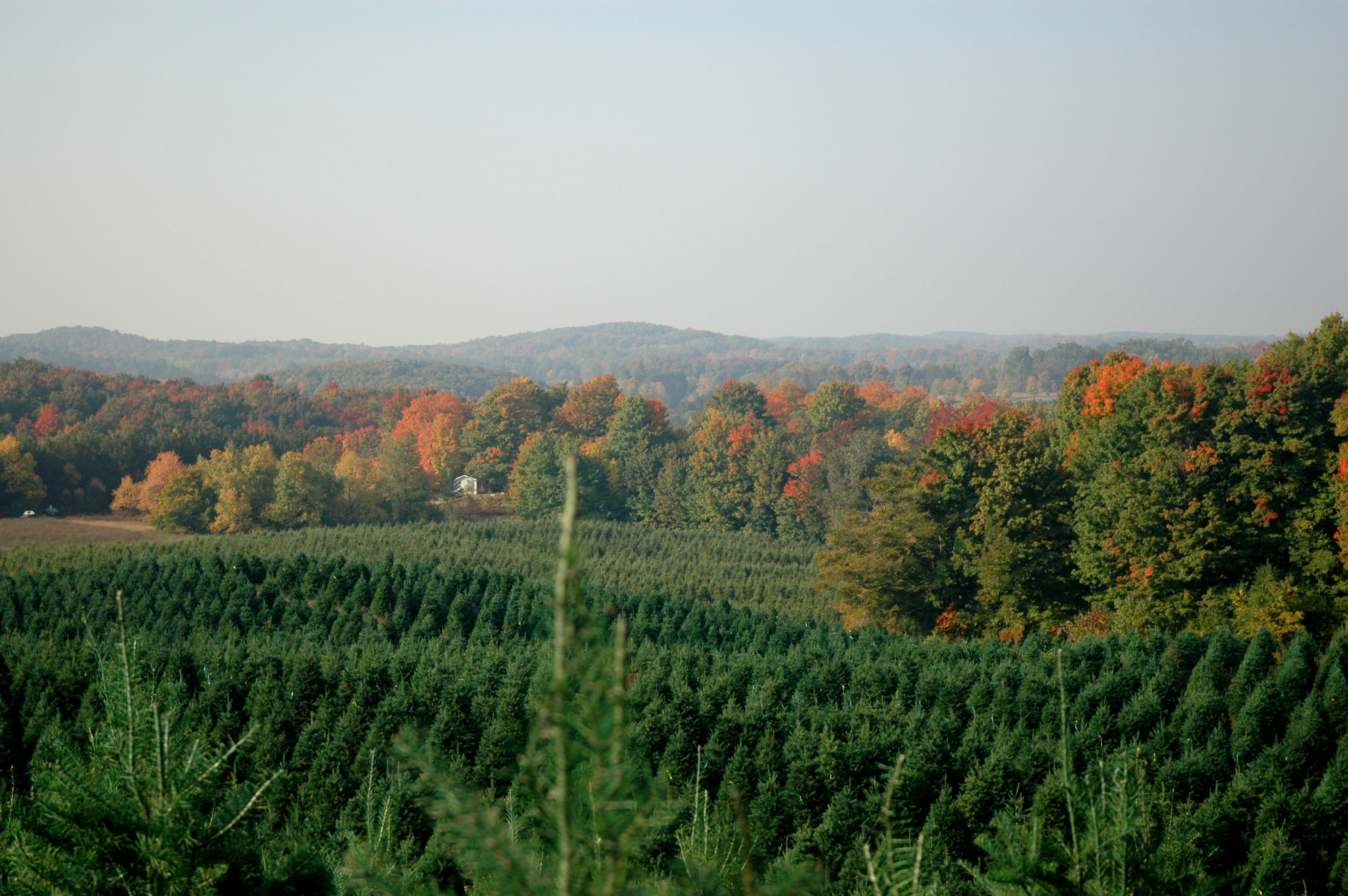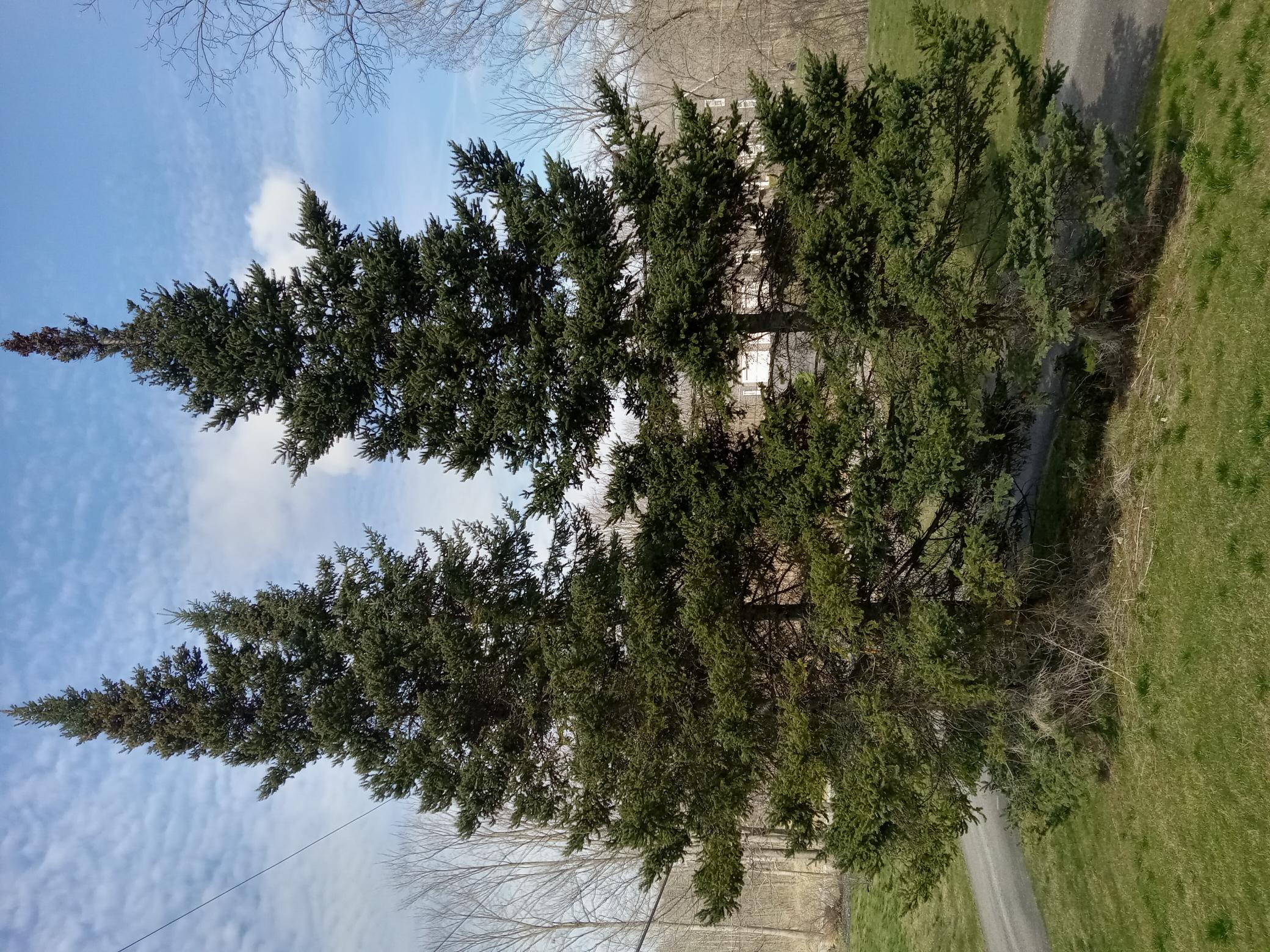Balsam woolly adelgid found in Michigan
Balsam woolly adelgid is a threat to fir trees throughout Michigan.

Balsam woolly adelgid is a small, invasive insect native to Europe (Photo 1). It was first detected in the United States in the early 20th century along the East Coast of the United States. Since its introduction to North America, balsam woolly adelgid has become established in portions of the United States, including the Appalachian Mountains, Pacific Northwest and Intermountain regions, and eight provinces in Canada. In the fall of 2023, balsam woolly adelgid was found in the Lower Peninsula of Michigan. Detections occurred in a Christmas tree field in Oceana County and forested land in Missaukee and Clare counties. The exact route of entry and distribution of balsam woolly adelgid to these locations is unknown. Current work by the Michigan Department of Agriculture and Rural Development is surveying additional sites in the vicinity of these locations to see if additional balsam woolly adelgid populations are present.
Balsam woolly adelgid can infest any true fir species (Abies spp.). However, certain species like Fraser, balsam and Canaan are especially vulnerable to damage (Photo 2). Michigan has large numbers of native balsam forests as well as a substantial Christmas tree industry that grows many fir Christmas trees (Photo 3). Fir trees are also frequently planted in landscapes, so homeowner trees may also be impacted (Photo 4).

 Photo 3. Christmas tree field in Michigan. Photo by Jill O’Donnell.
Photo 3. Christmas tree field in Michigan. Photo by Jill O’Donnell.
To assist and educate Michigan Christmas tree farmers, foresters and the general public about balsam woolly adelgid, Michigan State University Extension has created a new Balsam Woolly Adelgid website. The website includes detailed information about balsam woolly adelgid, including how to identify balsam woolly adelgid, signs of balsam woolly adelgid damage, how to report a suspected finding as well as pest biology and control options.
For further questions about this pest, please contact Bill Lindberg for Christmas tree related questions and Julie Click for forestry related questions.



 Print
Print Email
Email


